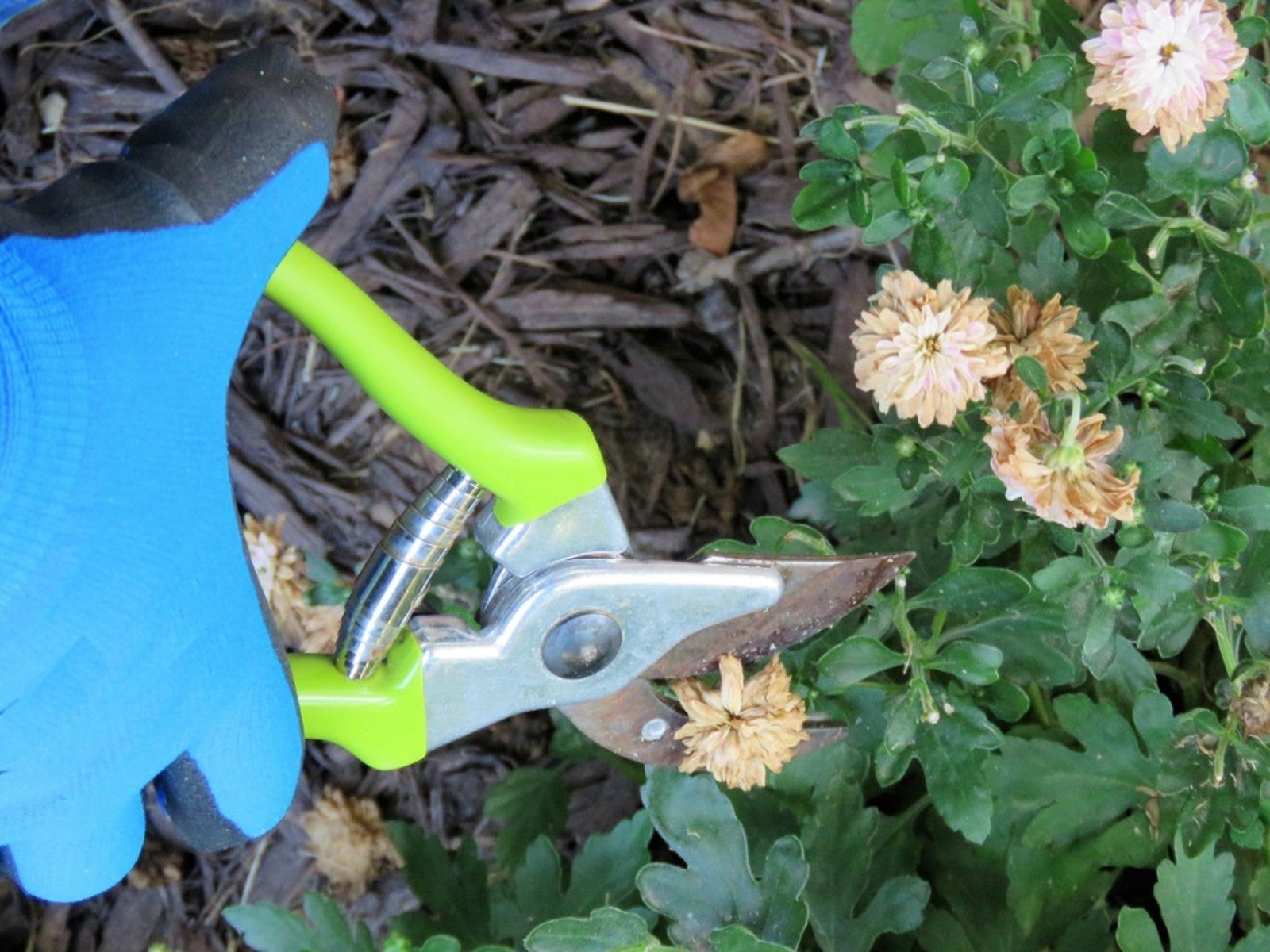How To Prune Back Mums - Do You Prune Mums


Chrysanthemums are an exceptionally popular plant for use in the fall garden. While the bloom cycle for many other plants has already ended at this time, garden mums can offer gardeners a stunning floral display for weeks until the arrival of the frost. Hardy mums are also quite attractive to late-season pollinators, as they are a key source of nectar. Learning more about chrysanthemum care and techniques regarding trimming mums back will help to ensure that even novice gardeners are able to enjoy reliable, bright bursts of color each autumn.
Do You Prune Mums?
‘Should I prune mums?’ remains one of the most frequently asked questions among first-time chrysanthemum growers. The answer to whether or not you should prune back mums will depend greatly upon the planting process. Each autumn, potted chrysanthemums can be found on offer at garden centers and nurseries. Already in bloom, these plants have already been pruned in order to produce the desired size and shape during the flowering window. These plants can be enjoyed as container specimens or transplanted directly into garden beds without any additional care from growers.
Where they’re hardy, these mum plants will behave as perennials. Upon their return in the spring, you may notice that the plants have become tall, leggy, and/or may bloom at the wrong time. In this case, learning how to prune back mums properly will be essential. Trimming mums back helps to create plants that are bushier, compact, and even more floriferous.
Chrysanthemums are short-day plants. This means that the arrival of shorter days will trigger the production of flowers. Long, summer days are the ideal time for mums to create new vegetative growth. This is achieved by a special type of pruning, called “pinching.” Most growers suggest pinching mums 2-3 times each growing season. To do this, carefully remove the growing tip of the plant with a pair of pruners or garden scissors. Many gardeners begin pinching mums in the spring, a few weeks after growth has resumed. To promote continued production of lateral branches, a second pinching is usually best done around the longest day of the year. Some gardeners may also pinch plants for a third time. However, it’s important to note that this may also delay the bloom period by several weeks.
Sign up for the Gardening Know How newsletter today and receive a free copy of our e-book "How to Grow Delicious Tomatoes".

Tonya Barnett has been gardening for 13 years. Flowers are her passion. She has transformed her backyard into a cut flower garden, which she regularly chronicles on her YouTube channel http://www.youtube.com/@tonyawiththeflowers.